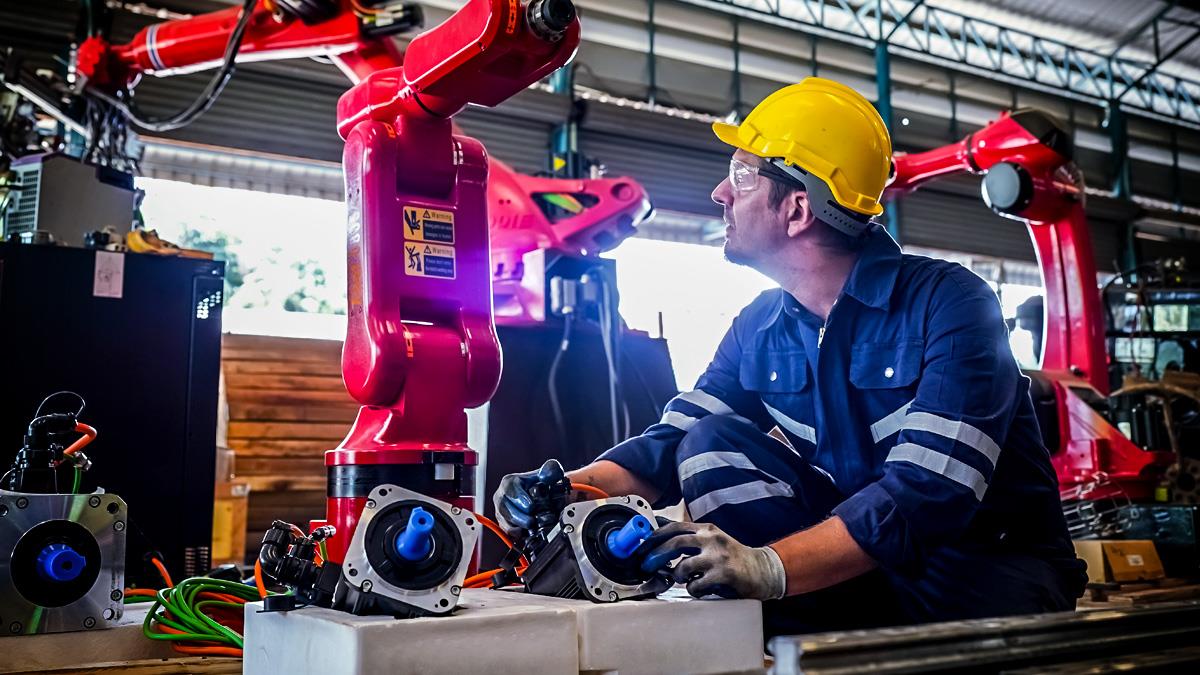Top Leadership Focuses for Improved Reliability and Cost Reduction

Here’s a scenario that may sound eerily familiar – you have a new reliability initiative. The plans have been drawn, information meetings have been held, and new, trendy terms echo down the halls — but nothing is happening on the plant floor.
Your reliability improvement project is slipping through the cracks. Why does this happen? Oftentimes it’s because our focus is on multiple secondary activities instead of what yields results.
Understanding Project Priorities
IDCON recently participated in a preventive maintenance project at a paper mill in New York. Our responsibility was to lead the documentation of preventive maintenance activities.
Our first recommendation was to review the processes in the mill and assign experienced maintenance people to perform inspections immediately instead of starting with documentation rounds. We knew that if inspections start on day one, you get quicker results than if you’re waiting on the documentation process.
This recommendation was quickly quashed because the decision-makers at the paper mill wanted IDCON’s part of the project to focus only on documentation, not the processes, which we found highly unusual. After receiving our marching orders, we focused on the documentation process.
A few weeks into the project, after the first round was finished, we wanted to make sure inspections were performed and tested, problems were reported, and repairs were executed. Unfortunately (and incorrectly), the decision-makers at the paper mill insisted the processes were not important at this stage.
“It’ll be fine,” they said before instructing the team to learn how to enter the inspections into their data management system. IDCON’s stance was to let them continue to use an Excel format until they were tested and implemented.
You can probably guess what happened.
The team only focused on getting the data into the data system. Nine months later, all of the PMs were documented — and looking great if I do say so myself — but not a single inspection or repair job had been performed. They had, however, hired several specialists to get the PMs into their system.
In other words, consultants had been on site, nearly a whole year’s worth of work had gone by, and there were zero resultsto show for it (except for invoices).
Managing Improvement Tasks
As a maintenance leader, it’s easy to lose focus and underestimate the importance of following up to ensure results are achieved and goals are met. Maybe you, like many others, currently have a myriad of urgent improvement projects on your to-do list. If so, you will likely need to:
- Improve planning, particularly daily and weekly planning.
- Improve the spare parts database.
- Improve daily scheduling of maintenance personnel.
- Polish preventive maintenance inspections (documentation and implementation).
- Train personnel in the latest technical developments (especially instrumentation).
- Organize the spare parts store.
- Work with design/construction to ensure new equipment is maintenance-friendly and reliable.
These improvements must occur at the same time as your regularly scheduled tasks, work, and meetings. With all of this to juggle, it’s no surprise that maintenance leaders lose focus and become distracted by tasks that won’t produce the desired results and improvements.
The 2 Goals of Maintenance Improvement Plans
When it comes down to it, there are onlytwo things that can provide reliability and maintenance improvements. By “improvements”, I mean efforts that result in increased equipment reliability and lower production costs. Everything we do with concern to maintenance improvements should focus on two main goals:
- Preventing failures (prolonging the lifespan of equipment).
- Having high-quality repairs completed quickly and safely.
Integrating these goals into the maintenance improvement plan is vital. Executing them successfully will allow you to obtain results, but your actions must always support these two goals. For example, documenting a mechanical inspection in your Computerized Maintenance Management System (CMMS) is important, but that documentation will fail to produce any results unless the inspection is done correctly.
After a well-performed inspection, problems and failures are reported. Then, repairs are planned, scheduled, and executed. In the follow-up plan, after a repair is completed, there should be steps to enable quick and safe repairs of a high quality to reach our end goal.
If we compare simply documenting inspections in the CMMS to tasks that actively improve equipment operations, such as aligning shafts correctly or making sure all lubrication tasks are performed with clean oil, it becomes clear that all these activities add to the lifespan of our equipment and yield immediate results.
The Improvement Plan Chain
Some tasks are linked together like a chain, especially the activities that lead us to goal number two (faster, better, and more reliable repairs). To work quickly and efficiently, you must have quality inspections followed by clear and prioritized planning and scheduling. The figure below shows “The Chain” that must not be broken.

Improvements must lead to success in preventing failures or performing more efficient repairs (preferably both). It’s not uncommon to work on several isolated improvements and begin neglecting failure prevention or well-executed and efficient repairs.
This is why we sometimes end up with zero results; we forget that project plans, leadership, meetings, maintenance systems, inspections, and planning and scheduling are completely useless if we don’t have personnel that can (or want to) repair equipment and prevent failures.
Conclusion
At the end of the day, maintenance initiatives must result in failures being prevented and repairs being performed quickly, safely, and at a high standard. As a maintenance leader, you have to communicate goals clearly, assign roles and responsibilities, offer practical support during implementation, and follow up on the improvement projects all the way until they actually happen on the floor. Otherwise, you are just wasting time and money until the bitter end.




